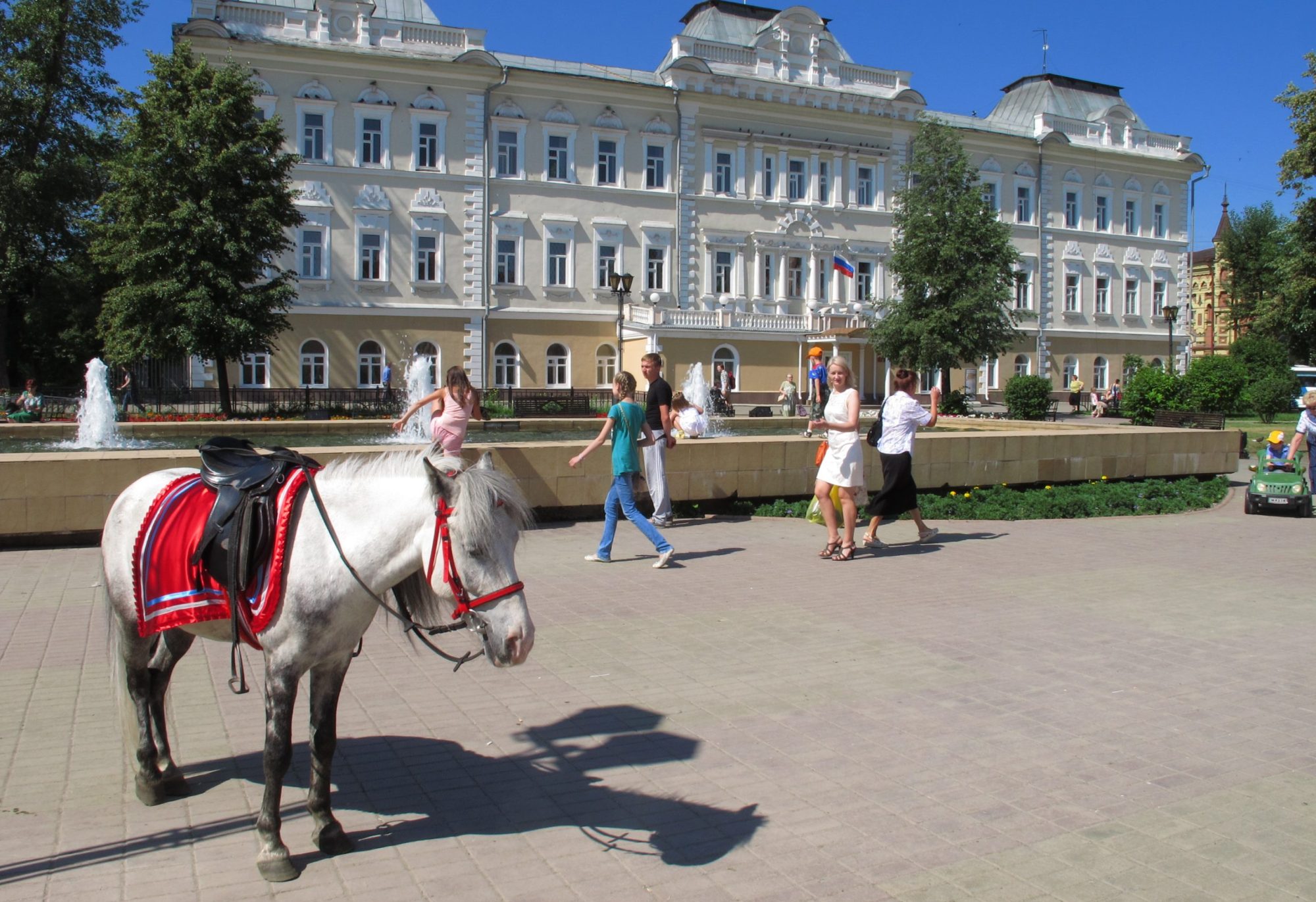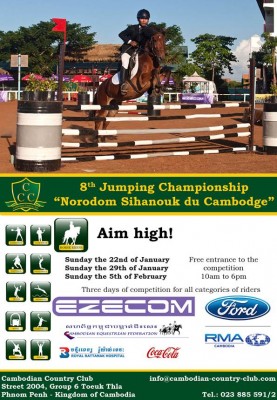While in Chongqing (a vast southwesterly conurbation of 30 million) to run the city’s marathon I visited Hetai Horse, described several times to me as the most professionally run of local equestrian establishments.
It took an hour of highways and then bumpy country roads to reach the club from the city centre: it’s located in Jinfeng township. Established by a husband and wife team Hetai (it means ) stables 50 horses in two barns in a scenic country location that’s been turned into a playground for city residents (I noted the golf course up the road).

As with most facilities I’ve visited in China the imports get the better lodging, and look in much better shape than local Yili and Mongolian breeds. Owner % has imported Dutch, Spanish and Russian horses and claims he’s negotiating with Irish exporters, who approached him.
He let me ride a 10 year old Dutch gelding when I said the local horse provided was too small and run-down. Hetai’s fee, RMB260 for 50 minutes, is comparable with rates in Beijing although I wasn’t required to take a coach (another RMB100 at Hetai) which is usually a requirement at Beijing clubs. The club offers annual membership – unlimited riding – for RMB19888.

Hetai’s hay is trucked all the way from Heilongjiang in the north – surely two days of trucking. The local horses could use better feeding and grooming. I saw a limp chestnut gelding,
A group lesson with the head coach featured half a dozen kids and adults learning on ponies in an indoor arena – it’s unwalled, but roofed.
Rough surfacing on the arenas suggest this is a project with a way to go, and much to be learned.
Interestingly, like some other clubs I’ve been to, there’s a track circling the two outdoor arenas. Though racing remains limited in China, due to a ban on track-side gambling, it seems many locals equate horse riding with galloping around a track.
AS with most clubs I’ve been to the Hetai has an elaborate club house/café/teahouse.




